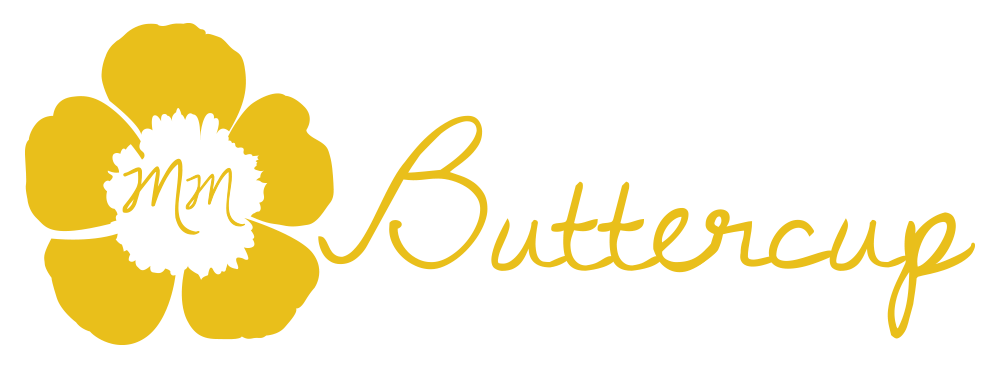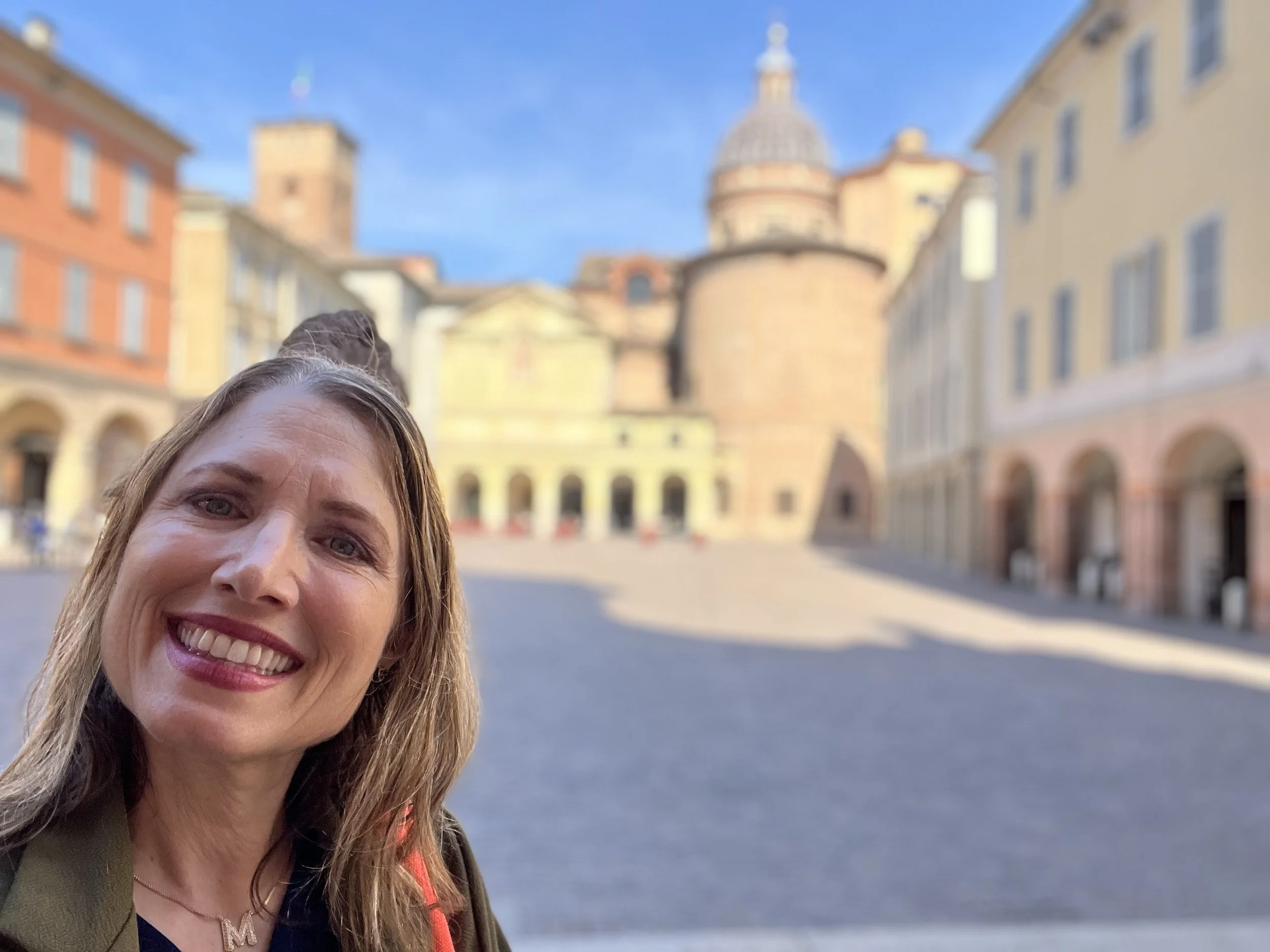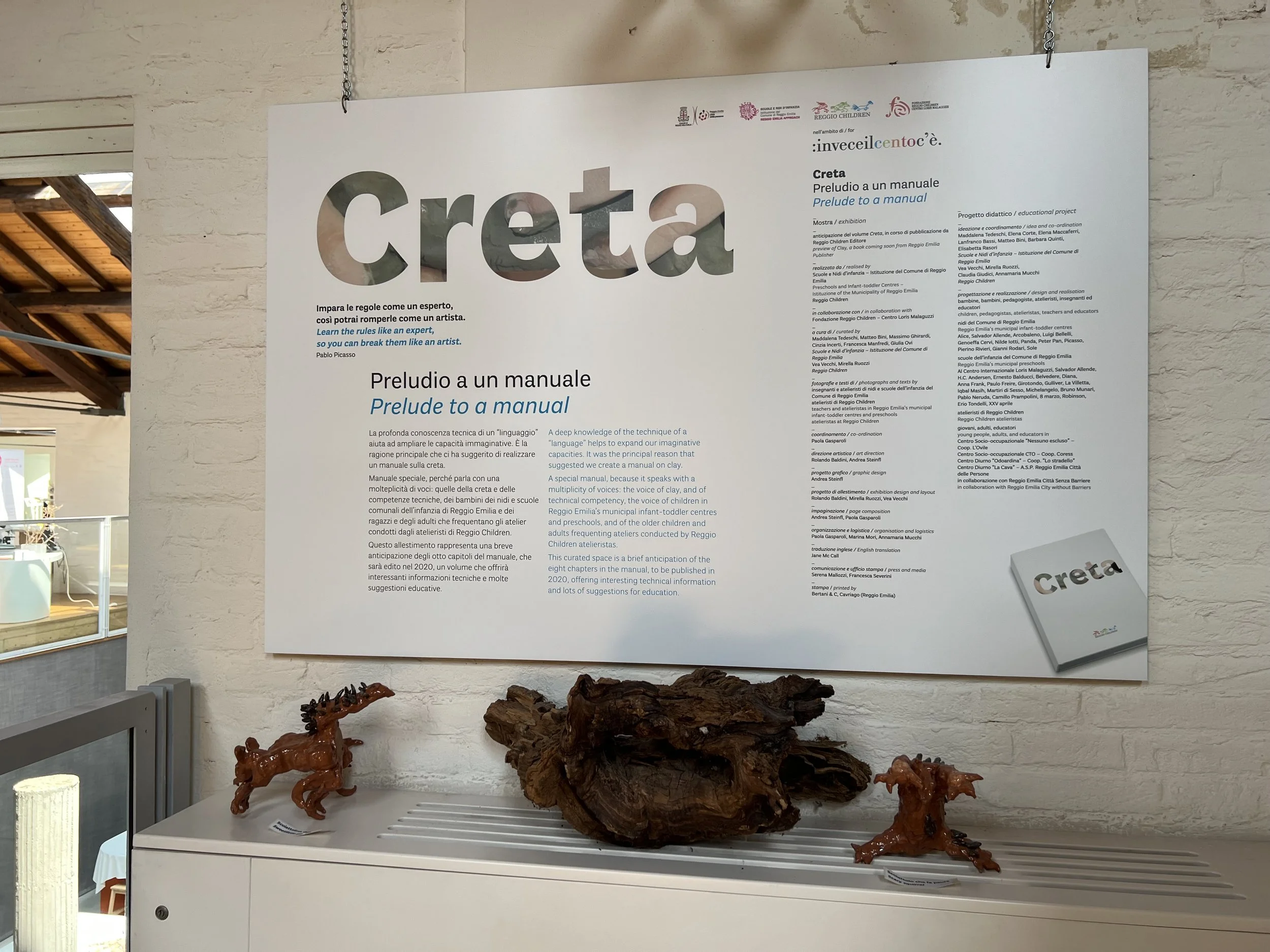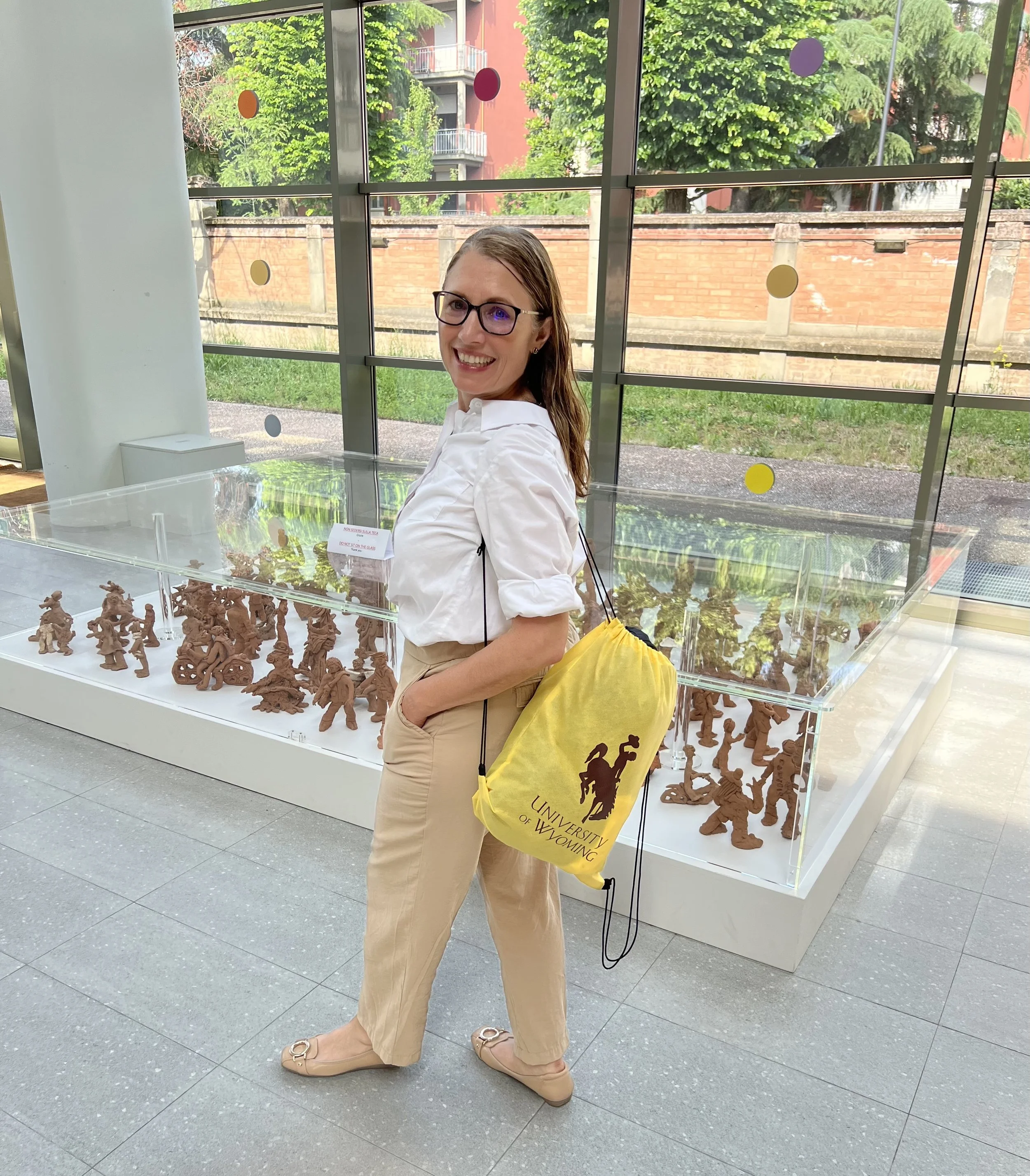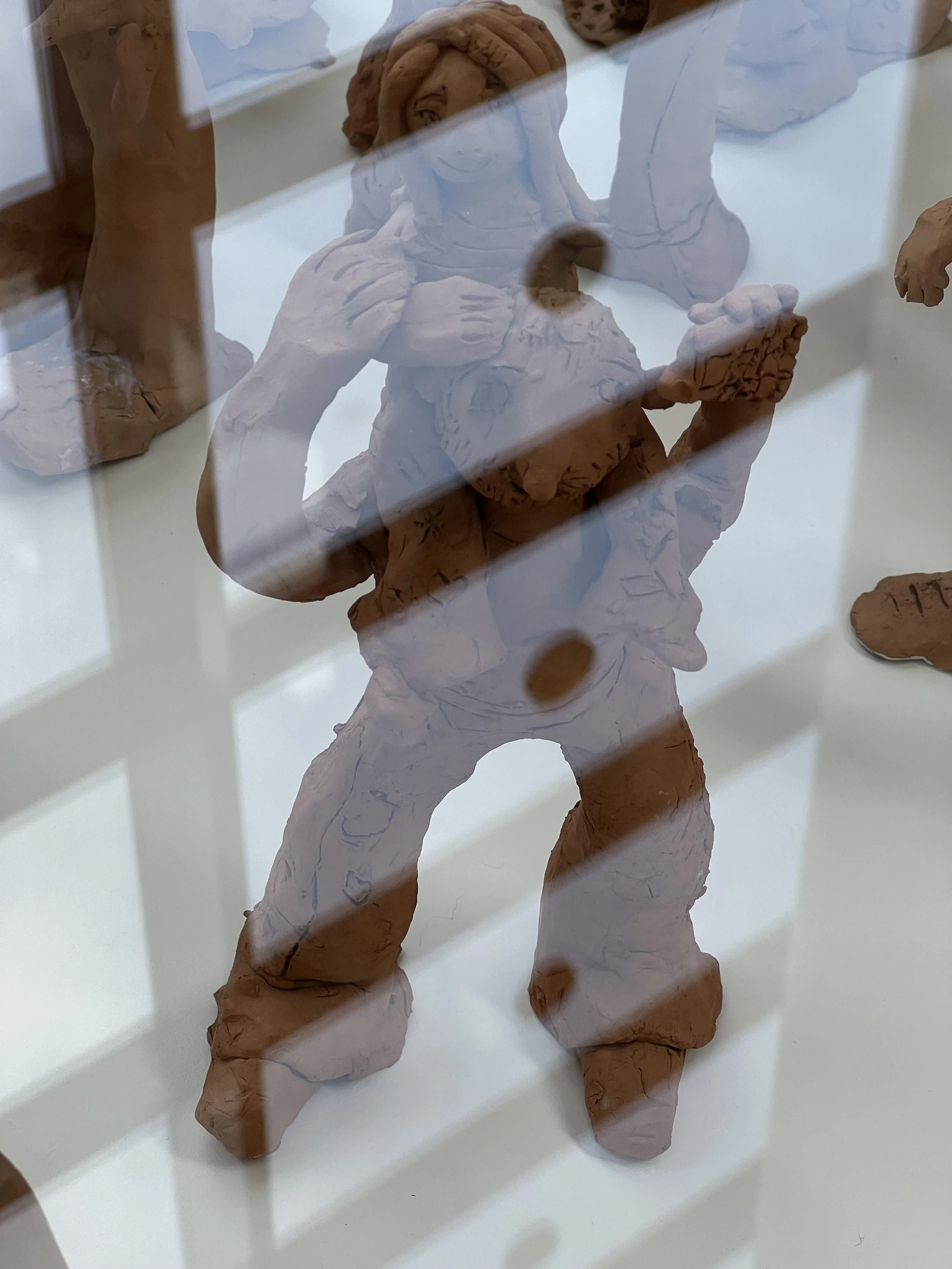Children can express themselves with clay. The language of clay supports many ways of learning. Clay allows children the gift of time because clay can wait. If a child works with clay and then needs to transition to another activity, clay can be set aside by placing a damp cloth and then come back tomorrow. Clay is forgiving. Clay can help children develop their imagination, fine motor, and cognitive skills.
On a recent trip to Italy, I spent time in the infant/toddler programs called Nido (means little nest in Italian). One of the programs I visited was with 2-year-olds who were engaged in a clay activity in their atelier. They chatted with one another (there were four children), their educator, and me. We had a chiacchierata (conversation or small talk) about clay and life. It was about 25 minutes when I looked at my watch to determine how long they had been completely engaged in working with their clay (on a side note… there are few if any clocks in the Italian Nido. The passing of time can be heard from the piazza when the church bells ring). It was astounding to me how long the toddlers were able to focus in the clay atelier.
Clay can be a language for expression. Loris Malaguzzi wrote about the “Hundred Languages” in his poem that reflected his philosophy on children’s rights and the Reggio Emilia approach. Another Italian poet and author was Dante Alighieri. His poetry and writing (as well as others from Tuscany like Carlo Lorenzini/Collodi who wrote “Pinocchio” for example) held such an impact that the Italian language that people use today is based on the tradition of poems and narrative from the Tuscan region.
While I was in Reggio Emilia, I also visited the Loris Malaguzzi International Center where I was inspired by an exhibition on clay. The idea that the child is the protagonist in constructing their views of the world was evident in the documentation and samples of children’s clay experiences.
I left the Center and Nido with the desire to go home and get my own hands in clay. On the plane back to America, I scrolled through my pictures and videos with the clay experiences and wrote this blog post and poem. In the spirit and style of Malaguzzi & Alighieri, here is a poem I wrote.
“La Creta”
It is responsive to changing ideas.
It rhymes with my favorite word “play.”
It can be molded to represent things real or imagined.
It can be covered with a damp cloth and saved for another day.
It is clay!
Children have a right to a peaceful and beautiful environment where they can learn. An atelier can be a calming place for reflection. Every now and then the spaces we create can offer moments of Zen from spending peaceful time together.
Two year olds in Reggio Emilia Nido exploring the properties of creta.
Learning about the rights of children to a high quality early childhood education from children, educators, pedagogistas, and atelieristas in Reggio Emilia, Italy.
This two year old was comparing characteristics like colors, textures, how it feels to touch, common opposites (hot/cold, big/little, etc.), sizes, and quantity with her portion of clay.
Creta, or clay, exhibit at the Loris Malaguzzi International Center in Reggio Emilia, Italia.
That’s me marveling at children’s expressions with clay at the Loris Malaguzzi International Center in Reggio Emilia, Italia.
This child from Reggio Emilia used clay to represent getting a piggy back ride from her father who took a selfie of them (that’s his mobile in his hand). Her creation is part of the exhibit at the clay installation at the Loris Malaguzzi International Center in Reggio Emilia, Italia.
